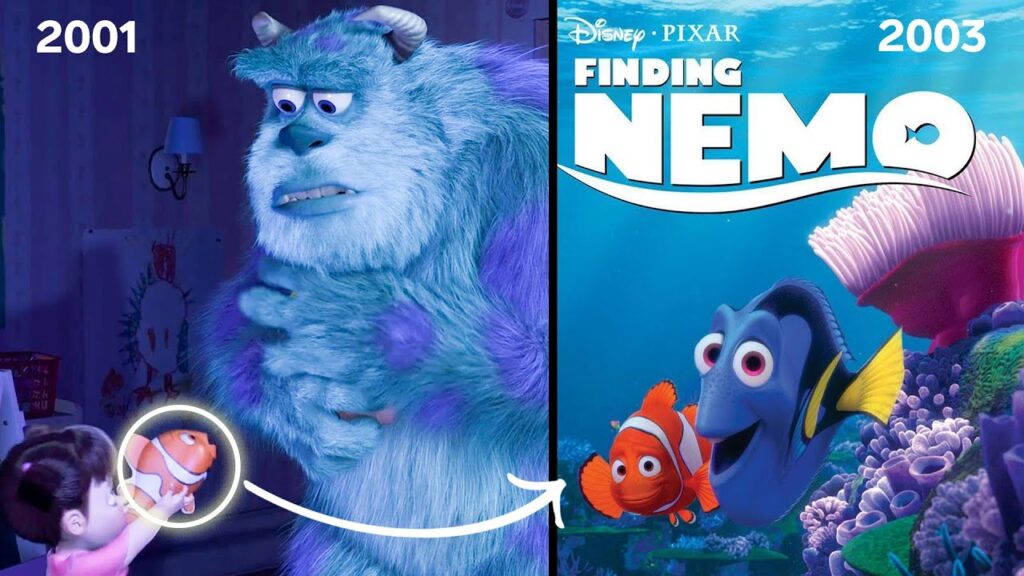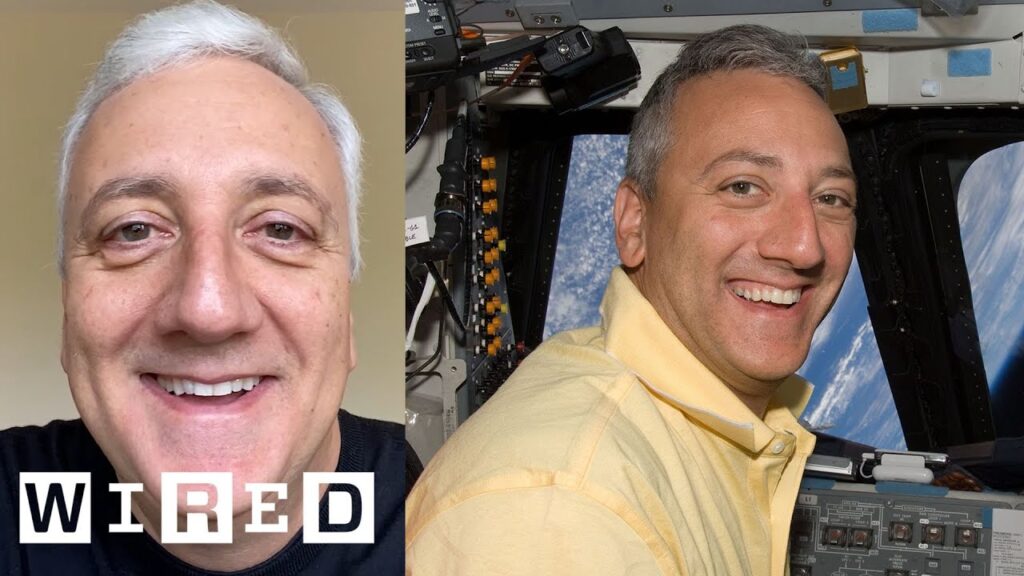The Art of Breath Holding: Techniques and Risks of Free Diving
Summary
In this article, we discuss the techniques and risks of free diving, a skill that can be developed through training and genetics. Professional freedivers have larger lung capacities, slow metabolisms, and larger blood volumes, which allow them to hold their breath for longer periods. The mammalian diving reflex is a physiological response that slows down the heart rate and reduces the body’s oxygen consumption, allowing more oxygen to be used by the brain. Lung packing, a technique used to increase lung capacity, can be harmful if done incorrectly. Free divers must practice with a spotter and under professional supervision to avoid blacking out or tearing lung tissue.
Table of Contents
- Professional Freediving: The Physiology Behind Breath Holding
- Techniques for Successful Free Diving
- Risks and Dangers of Free Diving
- Personal Experience with Free Diving Instruction
- Conclusion
Professional Freediving: The Physiology Behind Breath Holding
Professional freedivers have developed their ability to hold their breath for extended periods of time through a combination of genetics and training. They have larger lung capacities, slower metabolisms, and larger blood volumes than the average person. These physiological advantages allow them to hold their breath for longer periods of time while diving. The mammalian diving reflex is another physiological response that is triggered when the face is submerged in cold water. This response slows down the heart rate and reduces the body’s oxygen consumption, allowing more oxygen to be used by the brain.
Techniques for Successful Free Diving
To successfully free dive, the diver must learn to relax and purge their lungs of carbon dioxide before taking sharp inhales to fill their lungs. Lung packing is a technique used to expand the lungs beyond their normal capacity, but it can be harmful if done incorrectly. Professional freedivers also use relaxation techniques like the “breathe up” to calm themselves before a dive. This involves taking deep, slow breaths to slow the heart rate and increase oxygenation in the blood.
Risks and Dangers of Free Diving
Free diving can be dangerous if not done correctly. Lung packing can cause lung tissue to tear if done too forcefully, and holding one’s breath for too long can result in blacking out. It is essential to practice free diving with a spotter and under professional supervision to avoid these risks. Cold water exposure can also amplify the mammalian diving reflex, which can be dangerous if not managed correctly.
Personal Experience with Free Diving Instruction
The writer of this article had the opportunity to learn free diving techniques from a professional instructor. Through practice and guidance, they were able to hold their breath for over three minutes underwater. The writer emphasizes the importance of professional supervision and warns against attempting free diving without proper training.
Conclusion
Free diving is a skill that can be developed through training and genetics. Professional freedivers have larger lung capacities, slow metabolisms, and larger blood volumes, which allow them to hold their breath for longer periods. The mammalian diving reflex is a physiological response that slows down the heart rate and reduces the body’s oxygen consumption, allowing more oxygen to be used by the brain. However, free diving can be dangerous if not done correctly. It is essential to practice with a spotter and under professional supervision to avoid risks like blacking out or tearing lung tissue.





